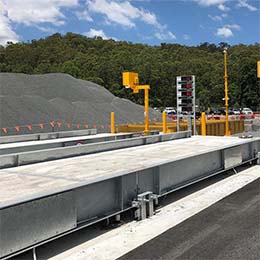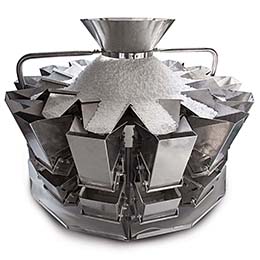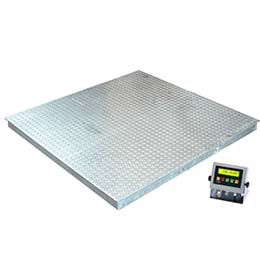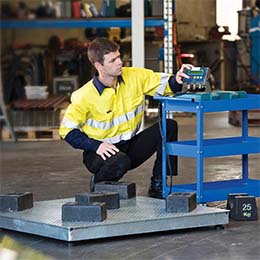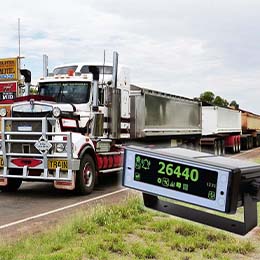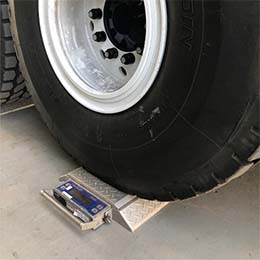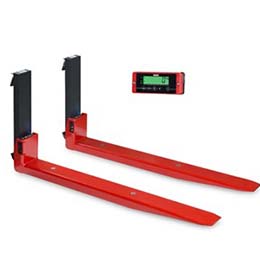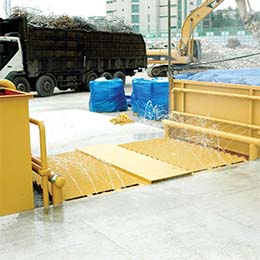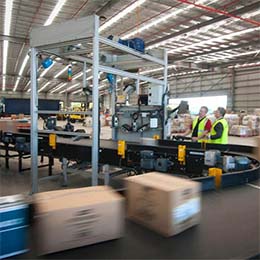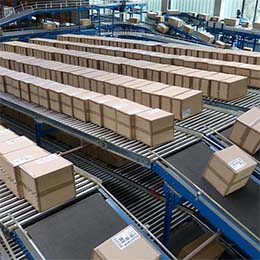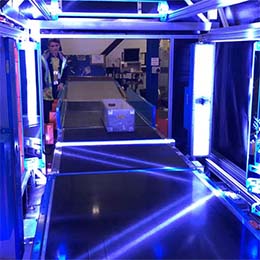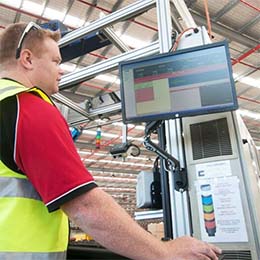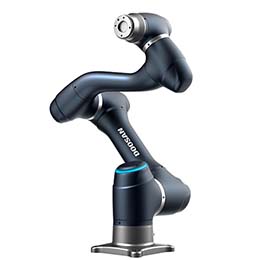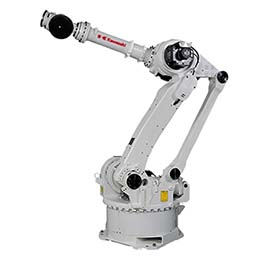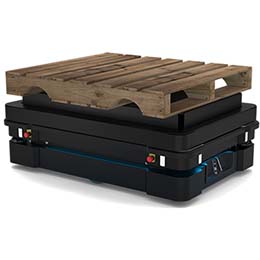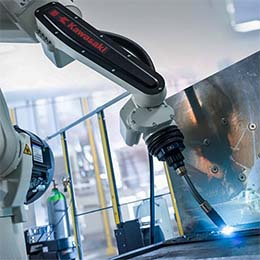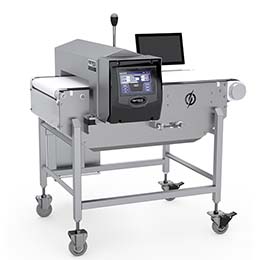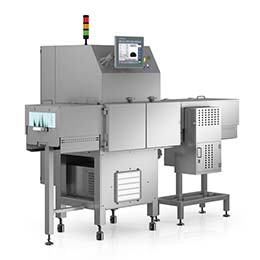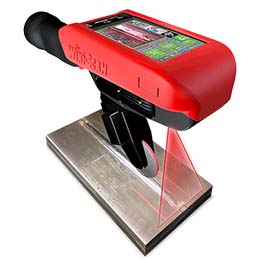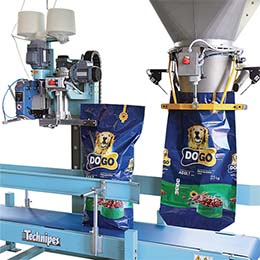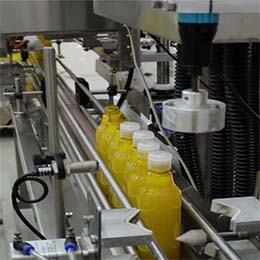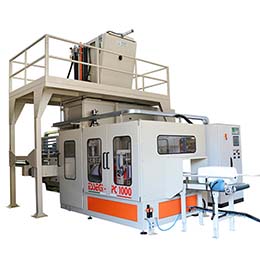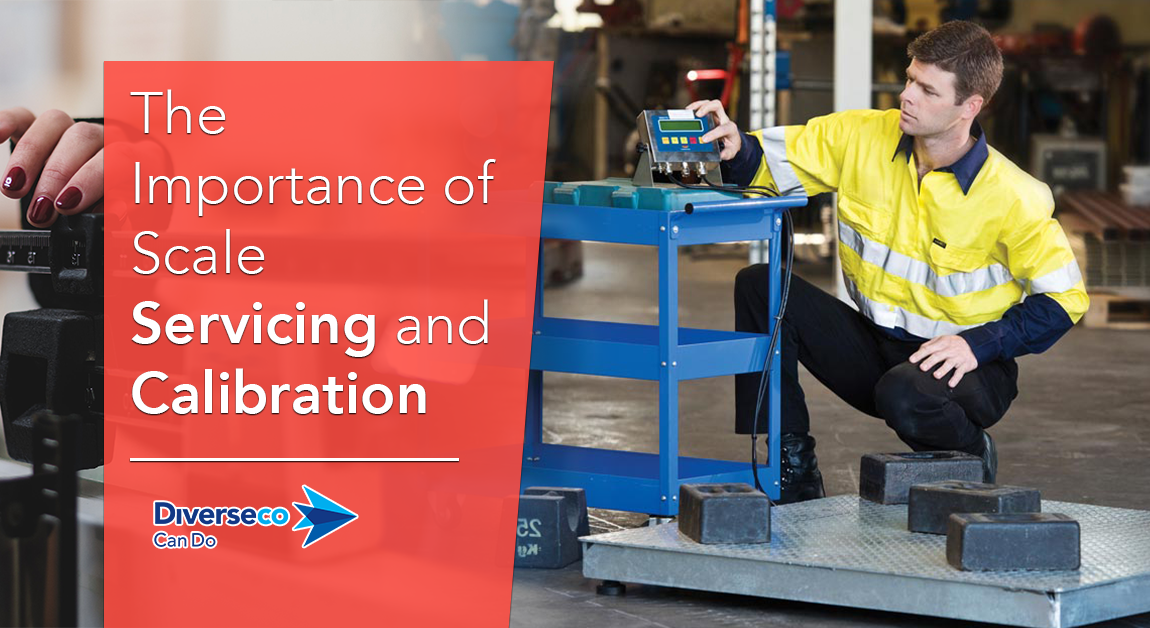Neglecting to regularly service and calibrate weighing devices is a high-risk strategy.
It can lead to issues like unplanned downtime, production losses, inconsistent or inferior product quality, wasted materials, rework, product recalls and non-compliance with regulatory requirements – all of which can be extremely costly. Customer relationships could be damaged and contracts cancelled because of a breakdown in trust if underweight and inferior products are delivered, plus there may be financial penalties if legal-for-trade scales are found to be non-compliant.
Unreliable weighing equipment may also pose a safety hazard because the handling equipment (such as a lift or a crane) may be compromised if loads exceed the weight limits.
The accuracy of all scales, regardless of size – from small laboratory scales to heavy capacity industrial weighbridges – can be affected by a range of different factors.
Environmental factors such as wind, rain, lightning and temperature changes can impact the calibration as can pressure changes, repeated movement, bumps, heavy usage, faulty electrical connections, a build-up of foreign materials and ‘drift’ – and they can all have a direct influence on the dependability and reliability of your measurement processes.
‘Drift’ is arguably the most guilty culprit as to why your scales should be serviced and calibrated on a regular basis because it’s virtually impossible to eliminate. As the name implies, drift is a process of losing calibration over time and it’s primarily caused by heat build-up in the instrument (generally from the thermal expansion of connecting cables and thermal drift of the frequency converter). Drift can be categorised into two areas: zero-drift and sensitivity drift.

Zero-drift is typically the result of a change in ambient conditions, as defined by an instrument-specific sensitivity to various environmental parameters. As the name implies, zero-drift affects the zero reading of an instrument. Sensitivity drift defines the amount of variation in an instrument’s sensitivity of measurement as ambient conditions alter over time. Several components comprising an instrument are affected by environmental fluctuations, and so sensitivity drift is common. These two components of drift are responsible for inconsistent readings over time.
The only way to avoid errors and ensure that all weighing processes are accurate, reliable, repeatable and traceable is through regular servicing and calibration.
Don’t fall into the trap of believing that scales don’t need any further attention once they’ve been installed or that calibration is only necessary if errors are evident. The bottom line is that even the highest-quality scales need regular, ongoing maintenance and servicing to ensure they are within tolerances and that their readings are true.
The cost and associated risks of using non-calibrated equipment or equipment that is out of tolerances far outweigh the cost of the calibration service itself. In fact, regular scheduled calibration will result in improved processes which will ultimately have a positive impact on profitability.
Another consideration is that the skills and capabilities of the technicians carrying out the calibration are just as important as regular calibration itself and only authorised providers should be used for testing purposes. In Australia, trade-scales should be calibrated by personnel who are accredited by the National Measurement Institute and certified, traceable test weights should be used for maximum accuracy. Similarly, NATA calibration tests and reports have to be carried out in accredited laboratories where experienced officers oversee, review and approve all the calibration results.
Any test masses used in servicing and calibration should also be traceable, and if you’re looking for a provider to service and calibrate your scales, you should check whether their test weights have Certificates of Verification. An approved provider will use test weights that are traceable back to the Australian national Secondary Standards, which means there will be no ambiguity or doubt about the accuracy and legality of your weighing equipment.
In summary, here are the key reasons why it’s so important to have weighing equipment calibrated appropriately:
- Cost savings
- Improved processes and reduced likelihood of manufacturing errors
- Consistently reliable and accurate measurements across multiple locations
- Safer working environment
- Improved customer relationships
- No uncertainty about measurements
- Improved quality control
- Regulatory compliance
Weighing instruments are designed and manufactured to perform highly specialised functions – and the only way to ensure that their accuracy isn’t compromised is to schedule regular scale servicing and calibration with a skilled and experienced service provider, such as Diverseco.

